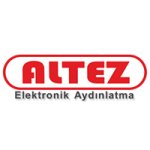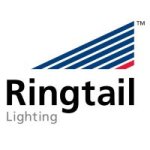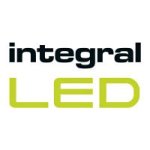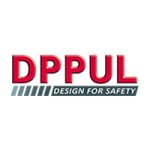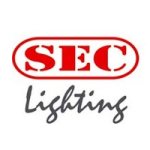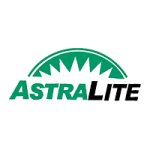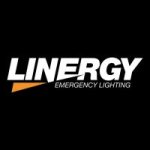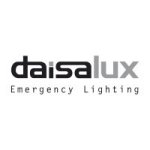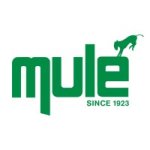Table of Contents Hide
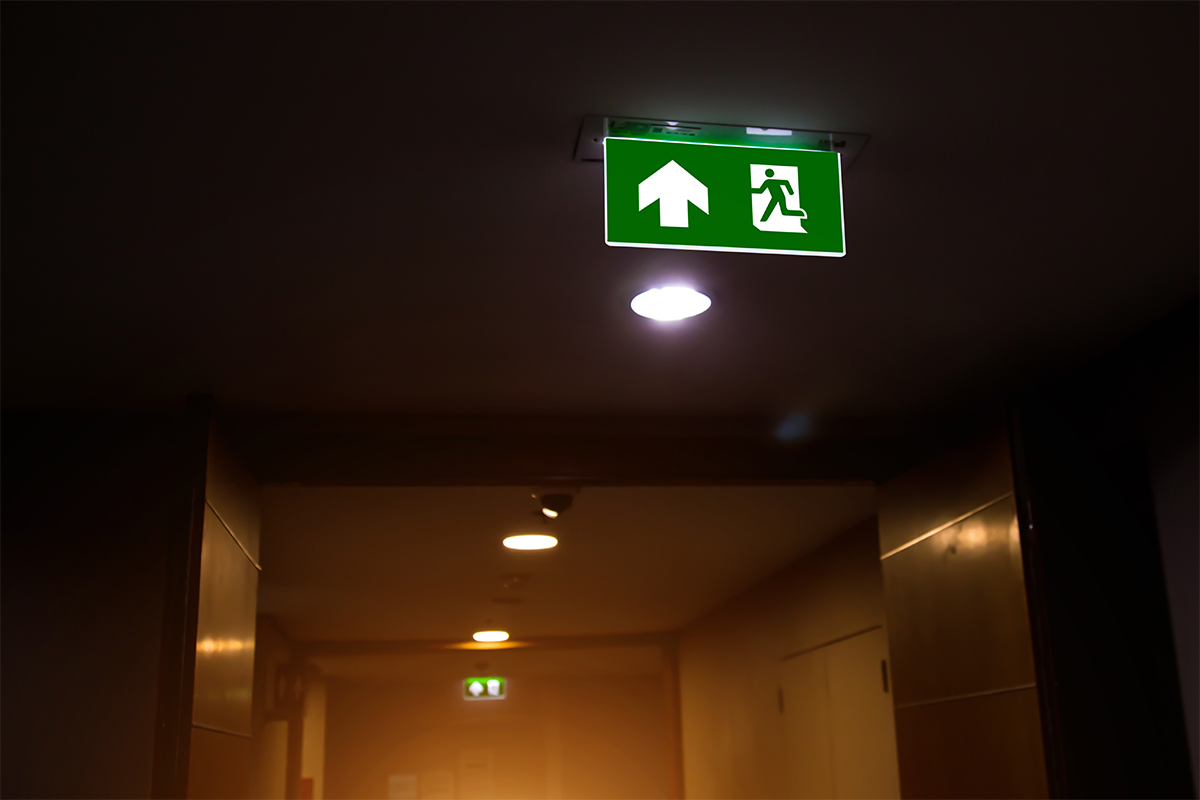
Your silent guides to safety
Exit signs provide clear and visible guidance to occupants of a building, directing them to the nearest emergency exits or egress routes during an evacuation or emergency situation. They are designed to be easily recognizable and visible, even in adverse conditions such as darkness, smoke, or low visibility. Exit signs typically feature high-contrast colors and illuminated letters or symbols that stand out against their surroundings, making them easy to spot by occupants seeking a route to safety. By clearly indicating the location of exits, exit signs help individuals navigate through the building and find the quickest and safest path to leave the premises during an emergency, such as a fire or other hazardous situation. By providing clear and visible guidance, exit signs contribute to the smooth and orderly evacuation of a building. They help prevent confusion, panic, and disorientation among occupants, ensuring that everyone can find their way out efficiently and without delay, ultimately enhancing overall safety during emergencies. Exit signs are particularly important during evacuations or emergency situations when occupants need to quickly and efficiently exit the building to reach safety. In such scenarios, exit signs serve as crucial points of reference, helping occupants maintain their orientation and guiding them away from potential hazards towards designated exit points.Compliance with regulations
Ultimately, the primary goal of exit signs and safety regulations is to protect the safety and well-being of building occupants. By ensuring the presence of clearly visible and properly functioning exit signs, building owners and managers help occupants navigate to safety efficiently and effectively during emergencies. Building codes and safety regulations mandate the installation of exit signs in commercial, industrial, and public buildings to comply with safety standards and ensure that occupants have adequate means of egress during emergencies. Compliance with these regulations is essential to ensure that buildings meet minimum safety requirements and provide occupants with adequate means of egress in emergency situations. Exit signs help occupants quickly locate exit routes and evacuate the building safely, reducing the risk of injuries or fatalities. Building code officials, inspectors, or fire marshals are responsible for enforcing exit sign requirements during the construction, renovation, or occupancy of buildings. They may conduct inspections to ensure that exit signs are installed correctly, maintained properly, and comply with applicable regulations. Non-compliance with exit sign requirements may result in penalties, fines, or legal consequences for building owners or occupants. Failure to comply with exit sign requirements and other safety regulations can result in penalties, fines, or legal consequences for building owners, managers, or occupants. Non-compliance may also jeopardize the safety of occupants and increase the liability of building owners in the event of emergencies.LED lighting
New technologies have transformed exit signs from simple, static fixtures to sophisticated, intelligent devices that enhance safety, efficiency, and compliance in buildings. One of the most significant advancements in exit signs is the adoption of LED lighting technology. LED exit signs offer several advantages over traditional incandescent or fluorescent signs, including lower energy consumption, longer lifespan, and brighter illumination. LED exit signs consume significantly less energy than traditional exit signs. LEDs are highly efficient at converting electrical energy into light, resulting in lower electricity bills and reduced energy consumption. LEDs have a much longer lifespan compared to incandescent bulbs. LED exit signs can last for tens of thousands of hours of continuous operation, reducing the frequency of replacement and maintenance requirements. LED exit signs are more durable and resistant to shock, vibration, and temperature fluctuations compared to incandescent bulbs. This makes them suitable for use in various indoor and outdoor environments, including harsh conditions. LED technology allows for the creation of slim and compact exit sign designs. This makes LED exit signs aesthetically pleasing and easier to install in various locations, including tight spaces or architectural features. LED exit signs provide instant illumination without the need for warm-up time. This ensures that exit signs are immediately visible during emergencies, enhancing safety and evacuation procedures. LED exit signs offer flexibility in terms of color, brightness, and design. They can be customized to match specific aesthetic preferences or to comply with regulatory requirements, such as incorporating different colors or symbols for different types of exits. LED exit signs are environmentally friendly because they contain no hazardous materials such as mercury, which is commonly found in fluorescent bulbs. Additionally, their energy efficiency contributes to lower carbon emissions and reduced environmental impact.Battery technology
Technological improvements in battery technology have enhanced the reliability of exit signs during power outages. Many modern exit signs are equipped with rechargeable battery backup systems that automatically activate in the event of a power failure, ensuring that the signs remain illuminated and visible to occupants during emergencies. Advanced battery chemistries have higher energy densities, allowing them to store more energy in a smaller and lighter package. This increased energy density means that exit signs can provide brighter illumination for longer periods without requiring bulky or heavy battery systems. Lithium-ion batteries offer longer life spans compared to older battery types. This means that exit signs equipped with these batteries can maintain illumination for extended periods, ensuring that they remain operational throughout the duration of a power outage. Some modern battery technologies support fast charging, allowing exit sign batteries to recharge quickly once power is restored. This ensures that exit signs are ready for use again in a short amount of time, minimizing downtime and enhancing overall reliability. Newer battery technologies are designed to perform reliably in a wide range of environmental conditions, including extreme temperatures and humidity levels. This ensures that exit signs equipped with these batteries can continue to function effectively even in harsh environments. Modern battery technologies require less maintenance compared to older battery types. This reduces the need for frequent battery inspections and replacements, lowering overall maintenance costs and improving the reliability of exit signs. Advanced battery management systems allow for remote monitoring and diagnostics of exit sign batteries. Building managers can receive alerts and notifications about the status of batteries, allowing them to take proactive measures such as replacing aging batteries before they fail. LED exit signs are well-suited to operate with modern battery technologies. LEDs require less power to operate compared to traditional lighting technologies, allowing exit signs to remain illuminated for longer periods using the same battery capacity.Types of exit signs
Exit signs come in various types, each designed to suit different needs, preferences, and regulatory requirements. Buildings vary widely in terms of size, layout, occupancy, and function. As a result, the requirements for exit signs may differ. For example, a large office building might require bright, highly visible exit signs with additional features like directional arrows, while a small retail store might opt for simpler, more cost-effective signs. Building owners and managers may have specific preferences when it comes to the aesthetics and functionality of exit signs. Some may prefer modern, sleek designs that complement the building's architecture, while others may prioritize energy efficiency or ease of maintenance. Building codes and safety regulations often dictate the type of exit signs that must be installed in commercial, residential, and public buildings. These regulations may specify factors such as the size, color, placement, and illumination requirements of exit signs to ensure they are effective in guiding occupants to safety during emergencies.LED exit signs come in various types, offering different features and designs to suit diverse needs and preferences. The most basic LED exit signs feature a simple design with illuminated letters spelling out "EXIT" and often accompanied by directional arrows. They are available in single-sided or double-sided configurations and are suitable for general use in various indoor environments. Edge-lit LED exit signs use edge lighting technology to create a uniform illumination across the sign face. These signs have a sleek and modern appearance, with the light source located along the edges of the sign panel. They provide excellent visibility and are often chosen for architectural or aesthetic reasons. Surface-mount LED exit signs are mounted directly onto the wall or ceiling surface, without recessing into the wall or ceiling. They are easy to install and typically feature a slim profile, making them suitable for applications where space is limited or where recessed mounting is not possible. Recessed LED exit signs are installed flush with the wall or ceiling, providing a clean and seamless look. They are ideal for applications where a more discreet or integrated appearance is desired, such as in upscale or modern buildings. Wet location LED exit signs are designed to withstand exposure to moisture, humidity, and water splashes, making them suitable for use in outdoor areas, parking garages, or other locations where they may be exposed to the elements. Emergency light combo LED exit signs combine LED exit signage with built-in emergency lighting functionality. In addition to providing exit guidance, they also serve as emergency lights during power outages, illuminating the pathway to safety.
Photoluminescent exit signs do not require electricity and rely on photoluminescent materials to glow in the dark after exposure to ambient light. They are energy-efficient and suitable for areas where power outages are common. Combination exit signs integrate different technologies, such as LED illumination and photoluminescent materials, to provide redundancy and ensure visibility in various conditions. They may also include additional features like emergency lighting or directional arrows. Self-luminous tritium exit signs use tritium gas to produce light without requiring electricity. They have a long lifespan but contain radioactive material and require proper disposal. Braille exit signs include Braille characters in addition to visual symbols and text, making them accessible to visually impaired individuals.










